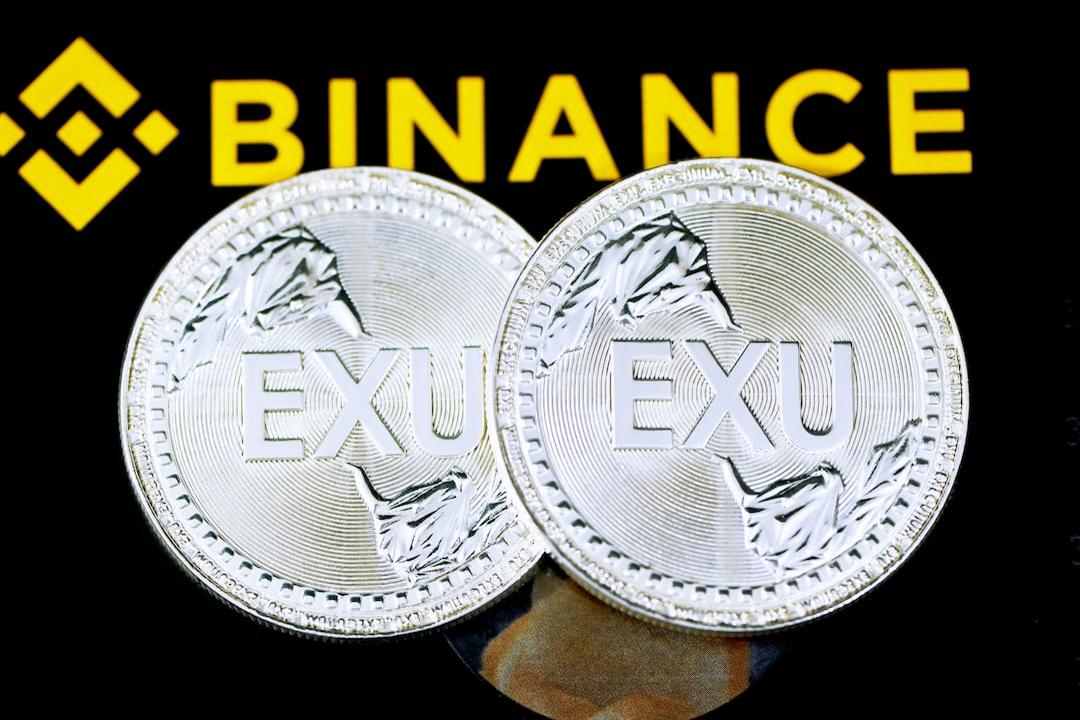Aave Achieves $60 Billion in Net Deposits
Aave reached $60 billion in net deposits on August 6, becoming the first decentralized finance protocol to achieve this figure. The platform operates across 14 blockchain networks, with data from Token Terminal confirming the total.
Aave’s net deposits rose sharply from $18 billion in August 2024, showing more than a threefold increase in one year. This growth places Aave among the top liquidity protocols in the sector.

Phishing Campaign Targeting Aave Users
Shortly after the milestone, Aave became the focus of a phishing campaign using search engine ads. The attack exploited the protocol’s increased visibility and targeted users trying to interact with the platform.
Aave Phishing Attack Spread Through Google Ads
On August 7, PeckShield issued a warning about an Aave phishing attack. The alert pointed to scammers using Google Ads to promote fake Aave investment platforms.

These phishing ads appeared at the top of search results. Users who clicked the ads were directed to malicious websites that copied Aave’s branding. The websites then prompted users to connect their wallets.
When users linked wallets, scammers received direct access. They could transfer tokens from the wallet without further approval. These actions led to wallet drain attacks, which cannot be reversed.
Wallet Linking Prompted Direct Access to Funds
The phishing websites requested users to connect wallets to access fake investment features. Once connected, scammers gained full wallet control.
The fake domains closely resembled the official Aave website, increasing the chances of user error. According to PeckShield, transactions occurred quickly after wallet access. Victims reported funds disappearing within minutes of connecting.
At the time of reporting, there were no confirmed figures on total losses. However, the scale of exposure was high due to Google Ads’ global reach.
Attackers Used Brand Imitation to Trick Users
The Aave phishing scam used accurate interface elements to mimic the real site. From the layout to the wording, each component was designed to reduce suspicion.
Security analysts noted that scammers had automated tools ready to move funds once wallets connected. This made it difficult for victims to prevent loss even after realizing the mistake.
The phishing links also bypassed browser protections, appearing legitimate in previews. The campaign’s design showed knowledge of the platform and how users interact with DeFi tools.
Security Warning From PeckShield and Investigators
PeckShield urged users to verify website URLs before interacting with any DeFi protocol. A single extra letter or character in a domain name can signal a scam.
Investigators explained that once a wallet is compromised, it should not be used again. Scammers continue to monitor these wallets, waiting for victims to deposit new funds.
They also advised users to remove approvals given to malicious contracts. Tools like Revoke.cash can show which protocols have wallet access and allow users to disconnect them.
Users Advised to Stop Using Compromised Wallets
Security experts clarified that once funds are stolen, the wallet is no longer safe. Even if users move funds back in, scammers may take them again.
The recommendation is to create a new wallet and transfer any remaining assets. Victims should also inform platforms and check if they granted any permissions to unknown contracts.
The Aave phishing attack highlights how users can lose funds even without interacting directly with the real protocol. The attack was made possible by fake links placed in Google Ads.
AAVE Forms Ascending Channel With 216 Percent Breakout Potential
On August 7, 2025, the AAVE to USD chart showed the token trading at $272.42. The price action formed an ascending channel pattern, which is a bullish continuation formation marked by two upward-sloping parallel trendlines connecting higher highs and higher lows.

This pattern indicates a controlled uptrend where buyers gradually push prices higher within defined boundaries. If confirmed with a breakout above the upper resistance line, the move could signal the start of a strong upward rally.
The chart also highlights a potential upside move of 216 percent from the current price, pointing to a target near $847.60. This projection is based on the height of the ascending channel added to the breakout point.
The price has bounced multiple times from both the support and resistance trendlines, showing strong adherence to the channel structure. Meanwhile, the 50-day exponential moving average, which is currently at $277.92, acts as a dynamic resistance level.
Trading volume remains steady, with no major spike yet to confirm a breakout. However, the price staying within the channel shows that the bullish structure is still intact. A confirmed move above the upper boundary could validate the projection and support a push toward higher levels.
AAVE RSI Recovers From Oversold Zone on August 7
The Relative Strength Index (RSI) for AAVE on August 7, 2025, closed at 47.00, climbing from a recent low of approximately 33 earlier in the month. The RSI indicator uses a scale from 0 to 100 to measure momentum, where levels below 30 suggest oversold conditions and levels above 70 indicate overbought conditions.

AAVE’s RSI previously dipped near the 30 threshold but stayed within range, avoiding a full oversold confirmation. The latest bounce to 47 shows that some buying strength has returned, though it still sits below the neutral 50 line.
Alongside the RSI, the moving average of the RSI—marked in yellow—tracked at 42.23, which still reflects weak momentum. However, since the RSI line crossed above its moving average, this shift can signal early signs of a momentum reversal.
This recovery aligns with price support seen in the ascending channel pattern on AAVE’s daily chart. While the RSI remains in neutral territory, its movement away from the oversold zone suggests that short-term selling pressure may be easing.

